Franz Liszt was a Hungarian pianist and composer. He was born in Raiding, in Hungary, on October 22, 1811. His extraordinary talent was already evident at a very young age, and at 9 he began performing as a concert pianist. In 1823 he moved to Paris to further his studies. In 1831 he heard violinist Niccolò Paganini play and was swept away by his technique. Liszt made Paganini his role model, and was inspired by the violinist to write his 6 Grandes Etudes de Paganini, which included La Campanella. Liszt’s piano compositions were often experimental and always technically challenging, requiring the pianist’s hands to play complex chords and run the whole length of the piano. Liszt was the best performer of his own compositions: between 1839 and 1847 he held concerts throughout Europe, impressing audiences with his vigor and virtuosity. Liszt was also capable of writing sweet and melancholy music, as in his three Dream of Love pieces.
In 1848 Liszt moved to Weimar, where he taught and composed. This was where he wrote the Hungarian Rhapsodies, compositions influenced by gypsy music. The best known is Rhapsody n. 2, initially written for piano alone and subsequently rearranged for piano and orchestra. Liszt’s Weimar period is characterized by the attention he paid to symphonic composition, resulting in works like his Faust symphony. In 1861 he moved to Rome, where he embraced Catholicism, even taking minor orders in 1865. He focused his interests on sacred music and wrote works such as the Christus, an “oratorio” that combined choir music inspired by Gregorian chants with symphonic music. In 1869 he made another triumphant tour of Europe. In 1873 he was named a National Hero of Hungary. Liszt died on July 31, 1886, in Bayreuth, Germany. He was 74.
In 1848 Liszt moved to Weimar, where he taught and composed. This was where he wrote the Hungarian Rhapsodies, compositions influenced by gypsy music. The best known is Rhapsody n. 2, initially written for piano alone and subsequently rearranged for piano and orchestra. Liszt’s Weimar period is characterized by the attention he paid to symphonic composition, resulting in works like his Faust symphony. In 1861 he moved to Rome, where he embraced Catholicism, even taking minor orders in 1865. He focused his interests on sacred music and wrote works such as the Christus, an “oratorio” that combined choir music inspired by Gregorian chants with symphonic music. In 1869 he made another triumphant tour of Europe. In 1873 he was named a National Hero of Hungary. Liszt died on July 31, 1886, in Bayreuth, Germany. He was 74.
RELATED
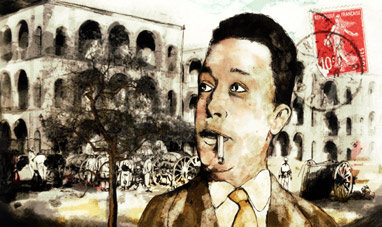

ALBERT CAMUS


MARILYN MONROE
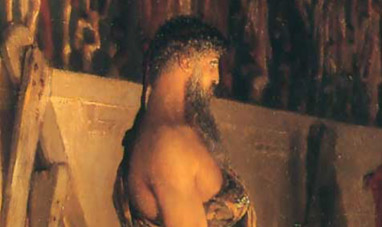

PHIDIAS
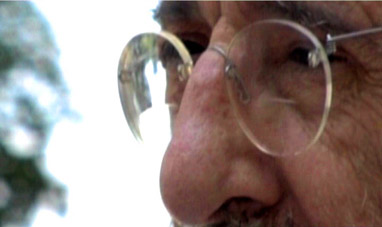

ÁLVARO SIZA VIEIRA


JOHN WAYNE


RITA HAYWORTH


LE CORBUSIER
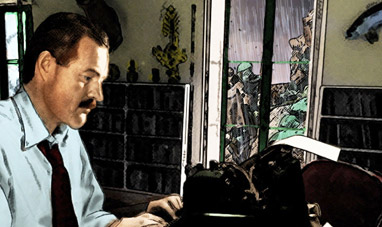

ERNEST HEMINGWAY


RUDOLF NUREYEV


MONICA BELLUCCI
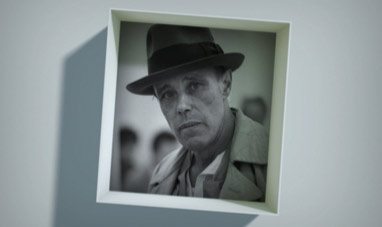

JOSEPH BEUYS
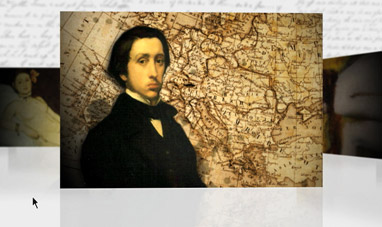

EDGAR DEGAS
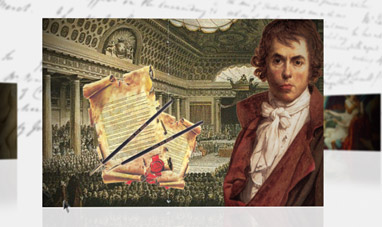

JACQUES LOUIS DAVID


GIANLORENZO BERNINI
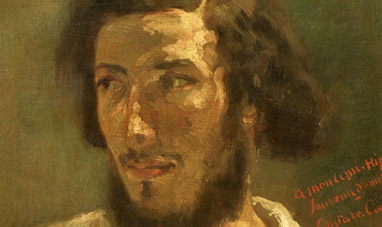

GUSTAVE COURBET


CHARLES BUKOWSKI
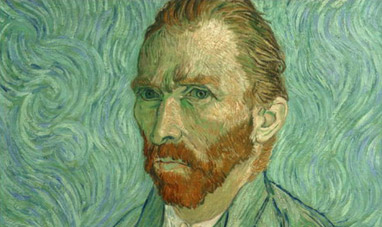

VINCENT VAN GOGH
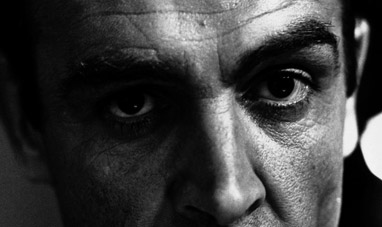

SEAN CONNERY
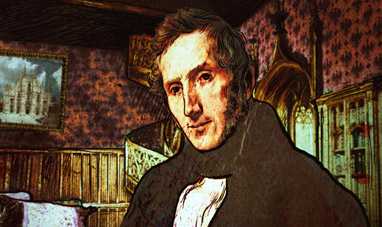

ALESSANDRO MANZONI


AKIRA KUROSAWA
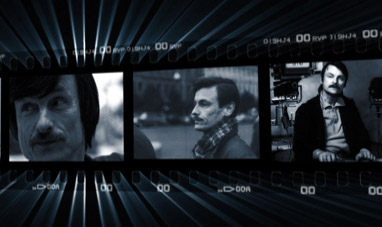

ANDREI TARKOVSKY
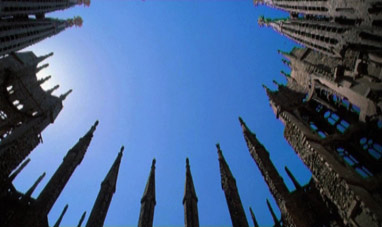

ANTONI GAUDÍ
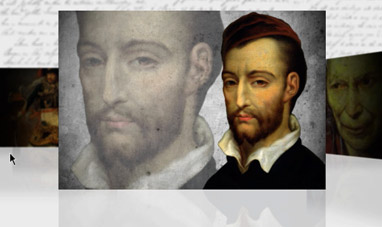

THÉODORE GÉRICAULT
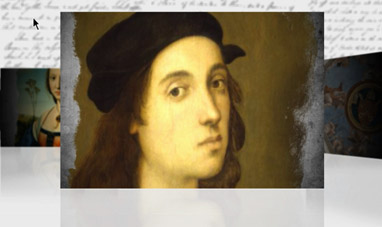

RAPHAEL
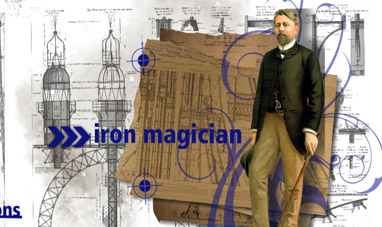

GUSTAVE EIFFEL


FRANCIS SCOTT FITZGERALD


BRUCE CHATWIN
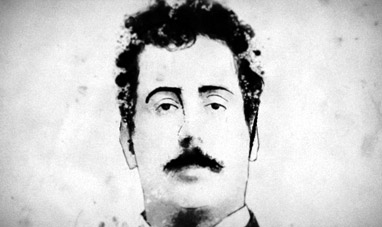

GIACOMO PUCCINI
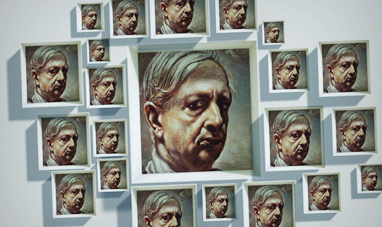

GIORGIO DE CHIRICO
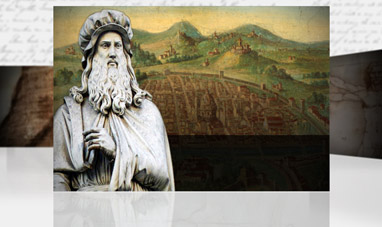

LEONARDO DA VINCI


JEAN AUGUSTE DOMINIQUE INGRES


AUDREY HEPBURN
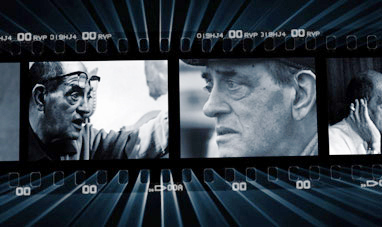

LUIS BUÑUEL
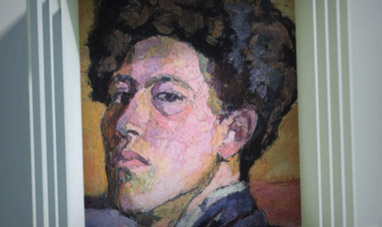

ALBERTO GIACOMETTI
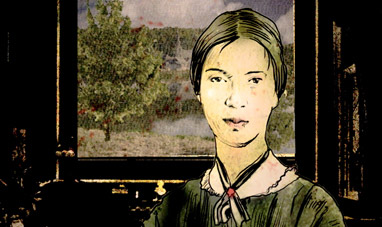

EMILY DICKINSON
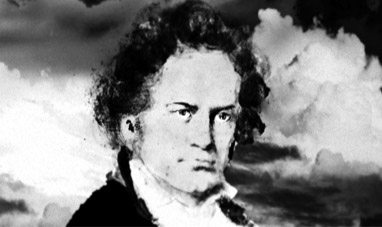

LUDWIG VAN BEETHOVEN
